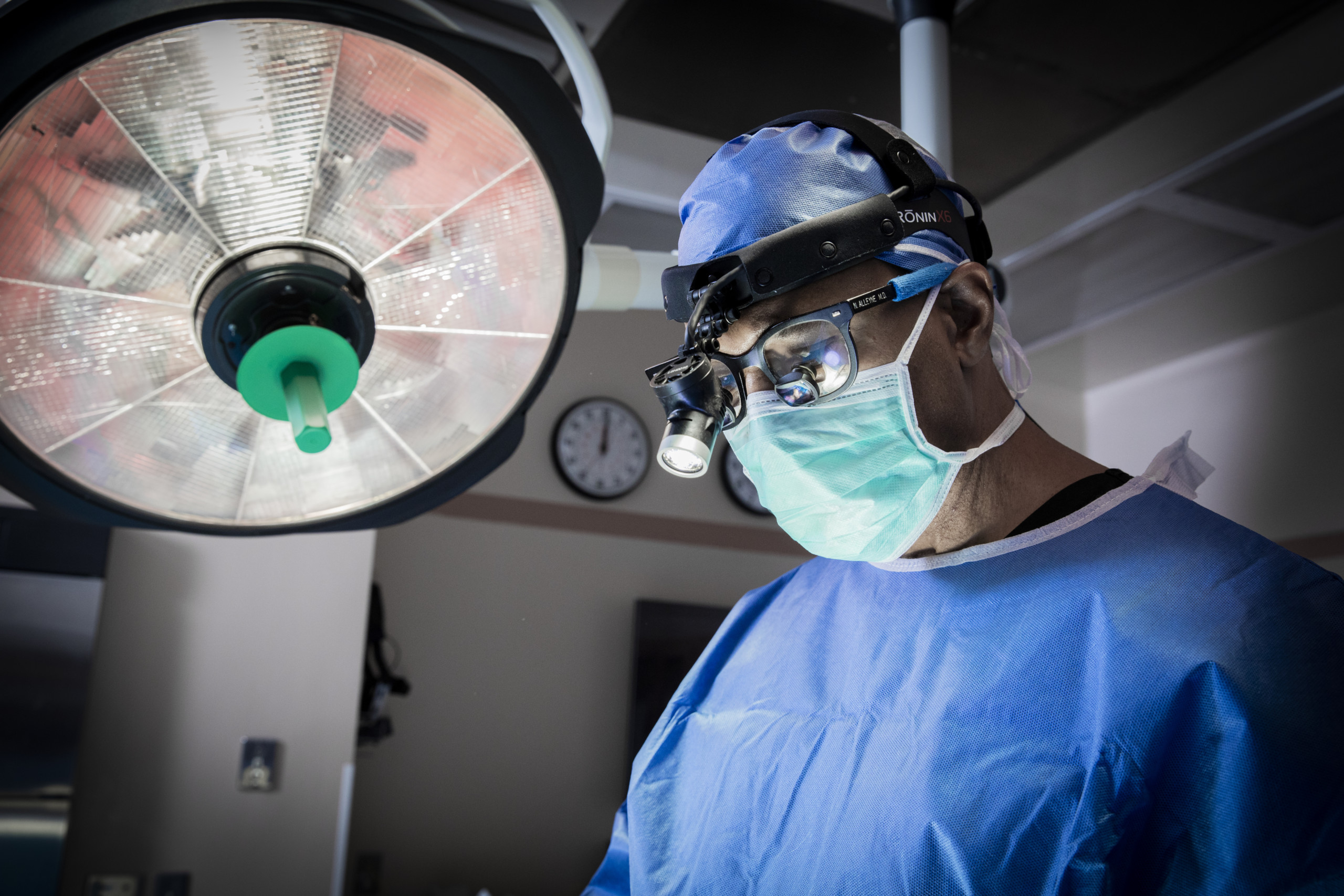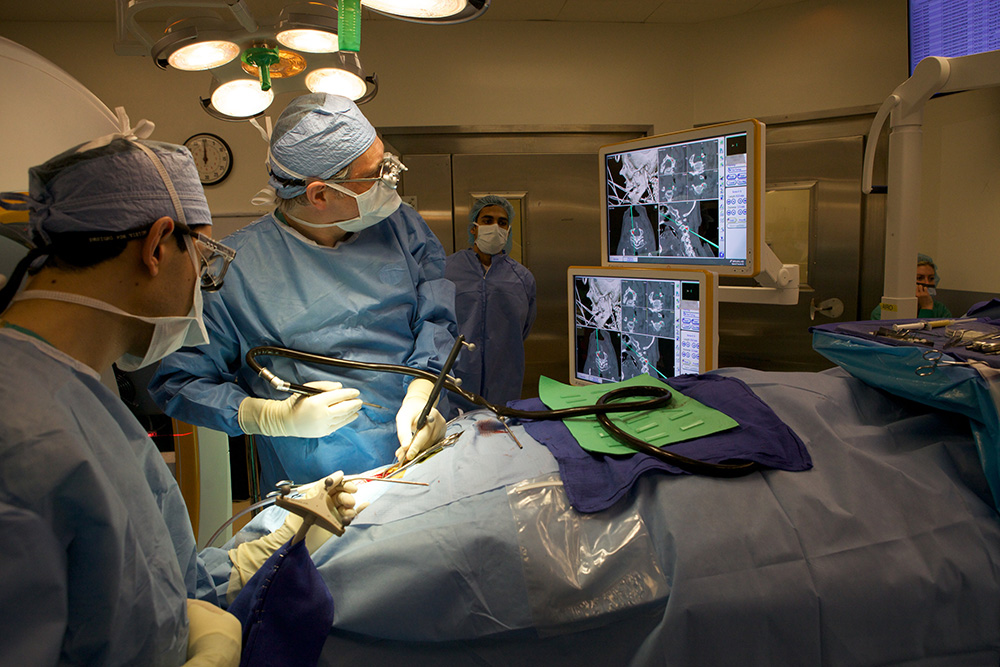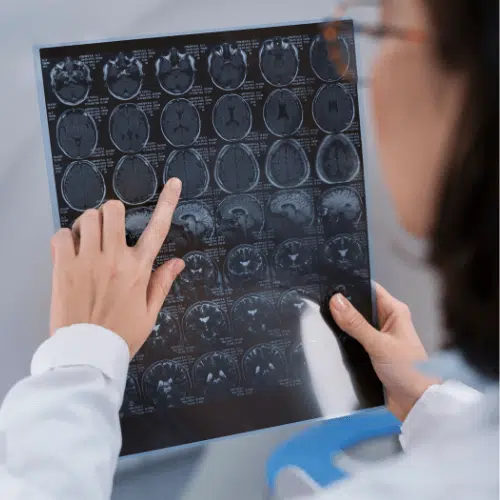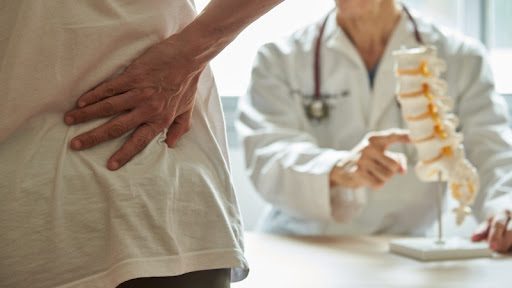An Overview of Spinal Column Problems That Typically Cause Surgical Therapies
Spinal column problems such as herniated discs, spinal constriction, and degenerative disc illness often demand medical interventions when conservative treatments stop working to relieve relentless signs. Understanding the nuances of each problem and the matching surgical alternatives, such as discectomy or spinal combination, is important for efficient management.
Herniated Discs
Although several people with herniated discs might locate alleviation with conservative treatments, surgery comes to be a required factor to consider when signs and symptoms continue or intensify - best spine surgeons in st louis mo. A herniated disc occurs when the soft internal gel of a spine disc protrudes via its outer layer, potentially pressing nearby nerves and leading to discomfort, numbness, or weak point in the extremities
Conservative management generally consists of physical treatment, discomfort medicines, and corticosteroid injections, which aim to reduce inflammation and improve feature. However, in situations where these techniques stop working to relieve devastating symptoms, medical choices might be checked out.
The most typical procedure for herniated discs is a discectomy, which involves the elimination of the herniated portion of the disc to relieve pressure on the impacted nerve origin. In a lot more severe instances, spine fusion may be necessary to maintain the influenced vertebrae.
People are advised to review the prospective risks and benefits of surgical procedure with their doctor to make a notified choice. Inevitably, the objective of any surgical treatment is to recover function, minimize pain, and boost general high quality of life for individuals experiencing herniated discs.
Spine Constriction
Spine constriction occurs when the rooms within the back narrow, causing boosted pressure on the spine and nerves. This problem can create in numerous areas of the spine, consisting of the cervical and lumbar areas, commonly because of age-related adjustments, such as degenerative disc disease, joint inflammation, or thickening of tendons.
Individuals with back constriction might offer with symptoms that include pain, tingling, tingling, or weak point, mainly in the legs or arms. These symptoms can be intensified by activities that involve standing or strolling, frequently leading people to look for relief via traditional therapies like physical therapy, drugs, or epidural steroid injections.
Nonetheless, when these non-surgical treatments fail to offer sufficient relief, medical options might be considered. Common procedures for spine stenosis include laminectomy, which involves the elimination of part of the vertebra to relieve pressure, and spinal blend, which supports the afflicted location. The choice to seek surgery is normally based upon the severity of symptoms, the degree of practical impairment, and the overall wellness of the client. Motivate medical diagnosis and monitoring are critical to stop further neurological compromise and boost lifestyle.
Spondylolisthesis
Spondylolisthesis takes place when one vertebra slips ahead over an additional, leading to misalignment of the spine. This problem can arise from different aspects, including hereditary problems, trauma, or degenerative modifications in the back. It is most generally observed in the lumbar area, specifically at the L4-L5 and L5-S1 degrees.

Therapy choices differ based on the seriousness of the slippage and the signs and symptoms offered. Traditional measures, including physical therapy, pain administration, and activity adjustment, are frequently the very first line of protection. When non-surgical strategies fall short to ease signs and symptoms or when substantial nerve compression is existing, medical intervention might be required. Surgical options can consist of back blend or decompression treatments, intended at restoring placement and minimizing neurological signs and symptoms. Early diagnosis and appropriate administration are crucial for optimal results in patients with spondylolisthesis.
Degenerative Disc Condition

People with DDD frequently experience discomfort that might emit to the legs or arms, relying on the influenced area of the spine. The problem can be detected via a combination of professional evaluation, imaging research studies, and person history. Therapy choices generally start with traditional steps, consisting of physical therapy, discomfort administration, and lifestyle modifications. Nevertheless, when these strategies stop working to supply adequate alleviation, medical treatments may be considered.
Surgical options for DDD might include spine fusion or artificial disc replacement, focused on maintaining the influenced sector and reducing pain (best spine surgeons in st louis mo). Inevitably, the selection of therapy is individualized, considering the seriousness of the condition, individual health and wellness, and way look at this web-site of life aspects
Back Lumps

What factors add to the development of tumors within the spinal column, and how do they manifest in people? Spinal tumors can develop from different variables, consisting of genetic proneness, ecological influences, and pre-existing clinical problems. They can be categorized as main lumps, coming from the back, or second tumors, which spread from various other areas of the body. Individuals may provide with a range of signs, including localized discomfort, neurological deficits, weakness, or adjustments in bowel and bladder explanation function, depending on the growth's size and area.
Surgical treatment might be required to reduce symptoms, get a biopsy, or remove the growth totally. The goal of surgical procedure is frequently to unwind neural elements and stabilize the back. Early detection and treatment are critical for enhancing end results in patients with back lumps.
Conclusion
In summary, spinal column conditions such as herniated discs, spinal stenosis, spondylolisthesis, degenerative disc illness, and spinal growths regularly necessitate medical treatment as a result of their potential to create considerable discomfort and useful impairment. While traditional treatments may use momentary relief, medical options end up being essential when signs and symptoms persist or worsen. Prompt medical diagnosis and intervention play an essential function in bring back feature and improving the lifestyle for afflicted individuals, underscoring the relevance of detailed spinal treatment.
